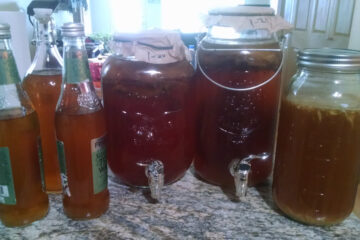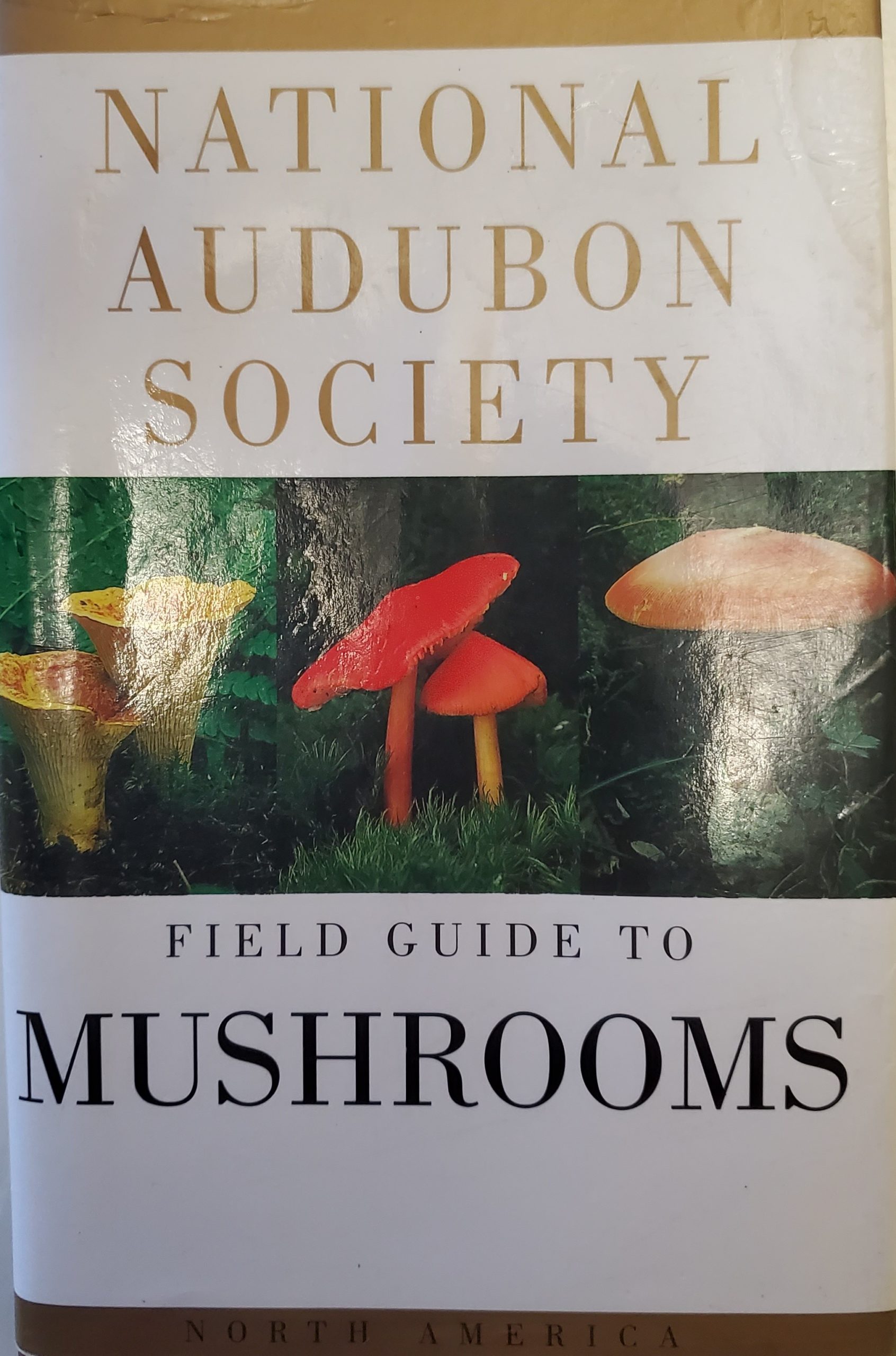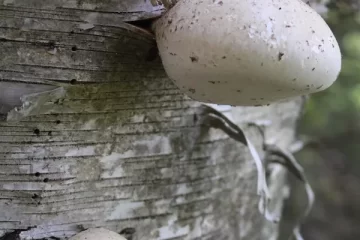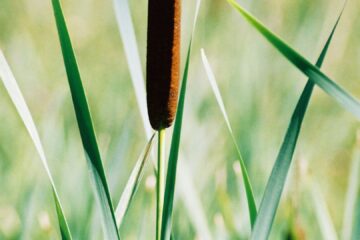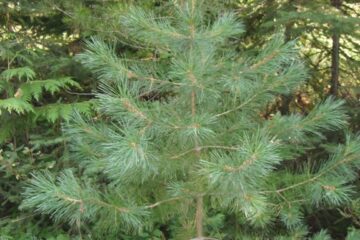Homemade Kombucha: A Flavorful and Healthful Hobby
Kombucha has become a staple in my family’s kitchen, even though it’s not something you hunt, fish, or forage for. After spending time outdoors or during quiet winter months, kombucha-making is a great pastime with added health benefits. I’ve always enjoyed the art of wild fermentation, not just with kombucha but also with homemade wines and ciders. Starting it from scratch was an educational experience for my whole family, and now we have several jars regularly brewing fresh batches. We’ve even shared some with friends who were curious about the process. Origins and Health Benefits of Kombucha Kombucha is thought to have originated in China or Japan thousands of years ago. This fermented tea offers many of the same health[…]
Read more
